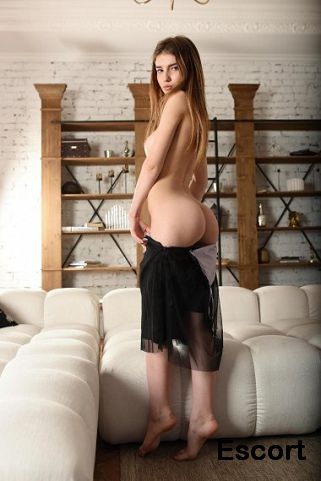
WEIGHT: 54 kg
Breast: 38
One HOUR:80$
NIGHT: +30$
Services: Foot Worship, Golden shower (out), Massage classic, Hand Relief, Humiliation (giving)
Prostitution in Italy Italian : prostituzione , defined as the exchange of sexual acts for money, is legal, although organized prostitution , whether indoors in brothels or controlled by third parties, is prohibited. Brothels were banned in A euphemism often used to refer to street prostitutes in Italy is Lucciole lit. Prostitution thrived in Italy in the Middle Ages. The city of Venice declared in that brothels were indispensable, and courtesans achieved high social status in Venice, particularly in the 17th century.
An decree, by Count Camillo Benso di Cavour to aid the French army which supported the Piedmontese in their fight against Austria, authorized the opening of houses controlled by the state for the exercise of prostitution in Lombardy.

On 15 February , the decree was signed into law referred to as Legge Cavour with the enactment of the "Regulations of the Security Service on Prostitution". A further law Legge Crispi , adopted on 29 March , prohibited the selling of food and drinks, and parties, dances, and songs in brothels, and banned such establishments near places of worship, schools, and kindergartens. It also provided that the shutters should always remain closed, which is the origin of the Italian expression "closed houses" case chiuse.
A further amendment was the Legge Nicotera of Under this system, prostitution in Italy was fully legal in private houses. A system of sifilicomi hospitals for sex workers was also set up, under the belief that they were the main sources of spreading venereal diseases. Although prostitutes found this regulated system oppressive, they developed ways to resist it. During the Fascist rule — , more restrictive measures were gradually introduced in , , and This abolitionism of the time is often considered confusing, since it has been applied to both the abolition of regulations restricting prostitution and the abolition of prostitution itself.

However, these forces led to the introduction of a new system in Italy that abolished regulation, but not prostitution as such. This law, still in force today with very little changes, revoked the regulation system, banned brothels, and established a new criminal offence called "exploitation of prostitution" sfruttamento della prostituzione with the aim to punish procuring of sexual services.



































